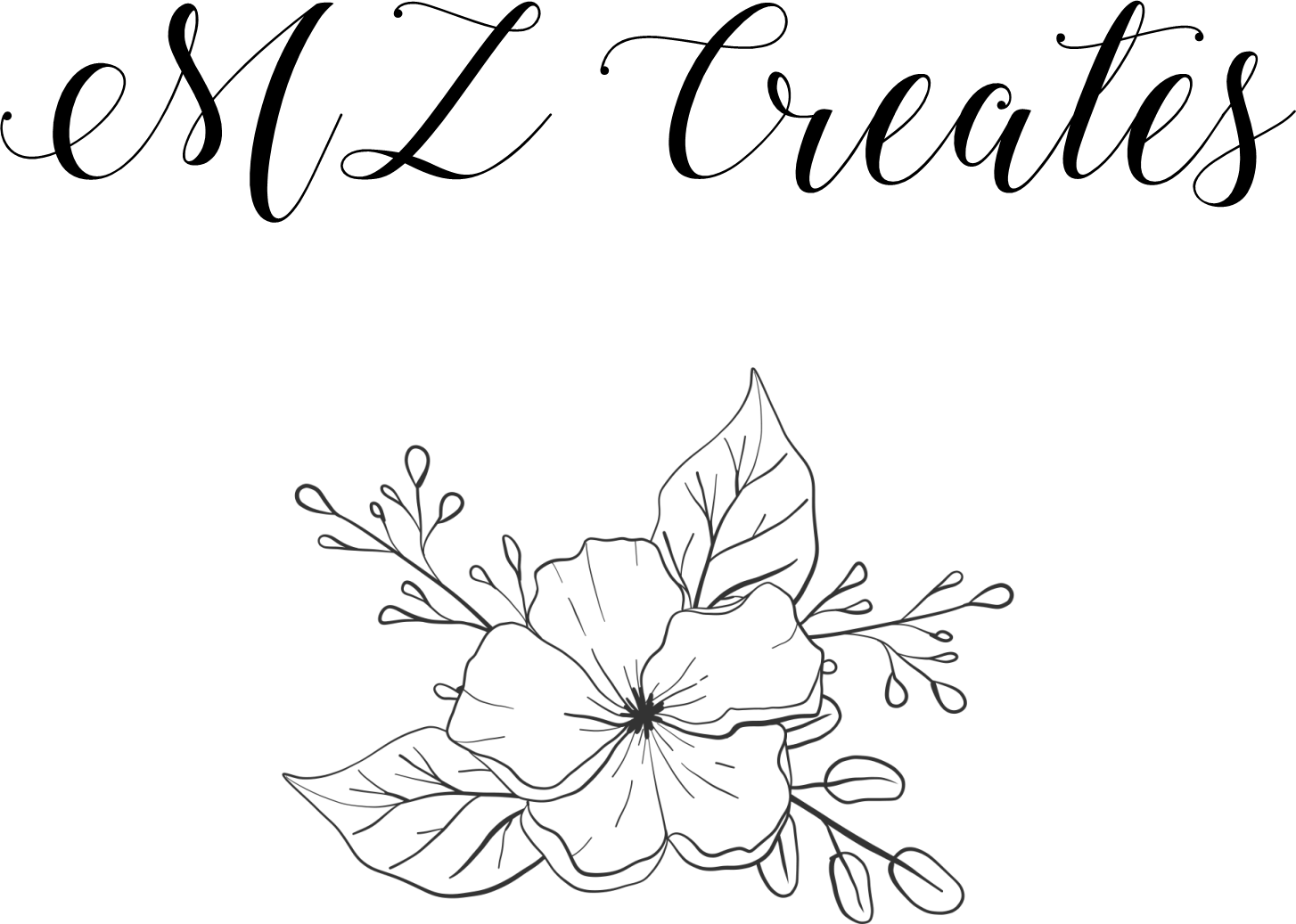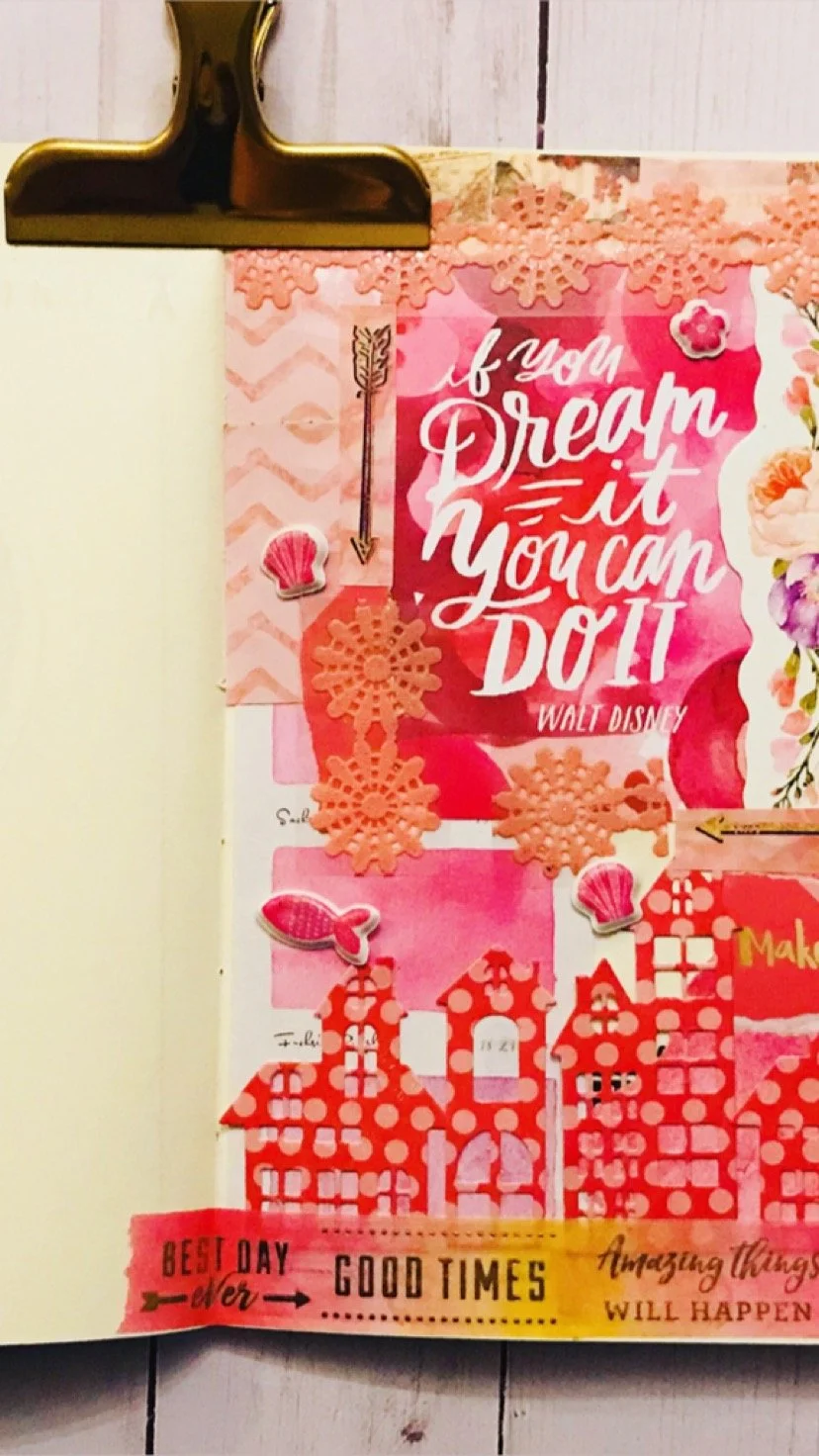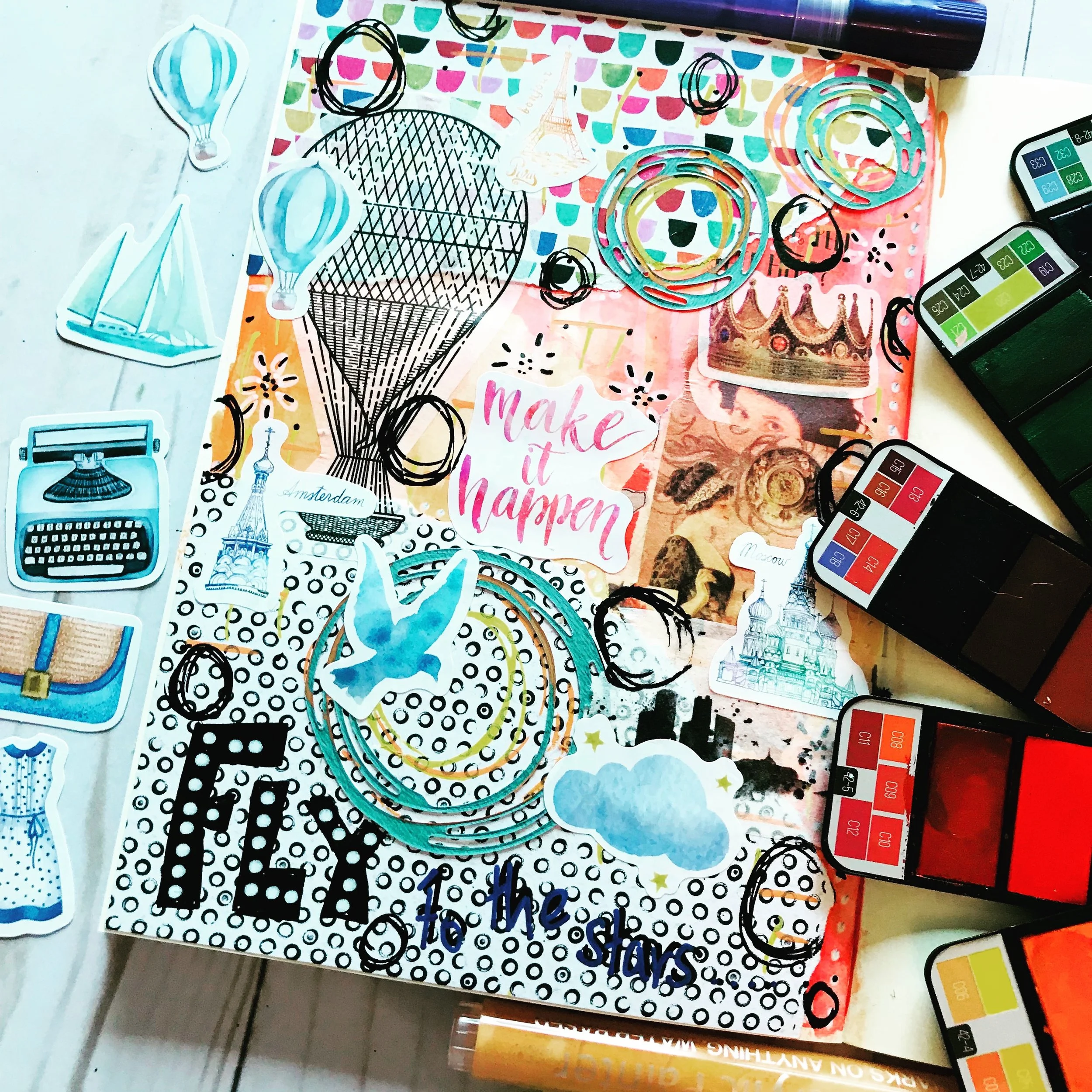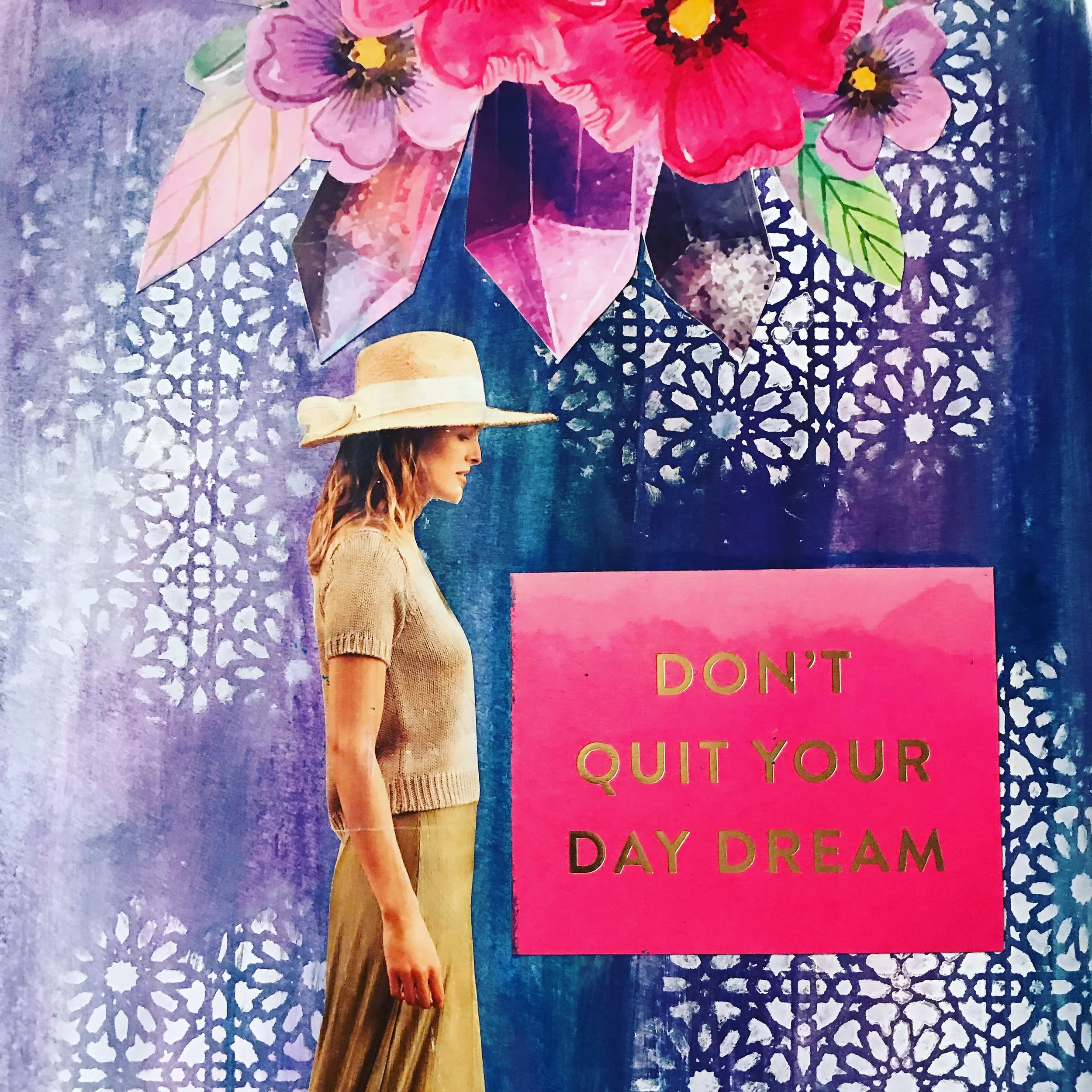Coloring & Collage
Creative Tools for a Calmer, More Expressive Mind
You don’t have to be an “artist” to make art. Coloring and collage are two simple, accessible ways to reconnect with your creativity—and yourself. They don’t require talent or fancy materials. Just your attention, your hands, and a willingness to experiment.
We’ve all grown up playing with crayons and cutting and pasting. We’ve all done ‘mixed media’ and ‘collage’.
In a world obsessed with productivity, coloring and collage remind us that making something just for the sake of it is not only okay—it’s healing.
Why Coloring and Collage Work
1. They calm the nervous system.
Both coloring and collage involve repetitive, tactile movements. This naturally slows your breathing and helps regulate your nervous system, bringing you into a more grounded state. It's mindfulness in motion.
2. They interrupt overthinking.
When your brain won’t stop spinning, making visual art gives it something else to focus on. Whether you’re shading in a mandala or cutting out shapes from a magazine, your attention is anchored in the present moment. Doodles and tangles do the same thing. They force you to focus on the act of creating and quieten your mind.
3. They offer emotional release.
You might not always have the words for what you’re feeling—but colors and images can say what words can’t. Even abstract art can be a powerful way to express emotion safely.
4. They spark creativity without pressure.
Coloring and collage don’t ask you to start from a blank page. That’s part of what makes them so approachable. You’re working with something—an outline, an image, a shape—and just adding your voice to it.
I like to use multiple coloring materials to color in pages I like. I mix crayons, markers and paints and then add some splatters for a fun effect. I color outside the lines and add stamping using things like bubble wrap.
For collage I take a surface, like a piece of card from a cereal box or a sketchbook page or a magazine glue book page and then just start layering different rectangles torn from scraps on it. No pressure. No judgement. I have a couple of videos on my YouTube channel showing you how I make these collages and master boards.
5. They build self-trust.
Every decision you make—this color, that image, this pattern—is an act of expression. Over time, you learn to follow your instincts and let go of “right” or “wrong.” You create because it feels good, not because it’s perfect.
6. They help you unplug.
This might be the most underrated benefit: coloring and collage are screen-free. In a digital world, that’s a rare and valuable thing. Engaging your senses physically helps reset your brain in ways scrolling never will.
Mixed Media Coloring: Tips to Go Beyond the Basics
Coloring doesn’t have to mean crayons and coloring books (though it can, and that’s totally valid). Mixed media coloring opens the door to texture, depth, and exploration. Here are some ways to expand your toolkit:
1. Combine mediums.
Try layering colored pencils over watercolor, or using markers to outline shapes and then filling them in with pastels. Each material behaves differently, and mixing them gives your art more life.
2. Use unexpected tools.
Cotton swabs for blending chalk, old toothbrushes for paint splatter, sponges for texture—don’t be afraid to get playful. I love using painted bubble wrap to ‘stamp’ on my coloring page to add additional layers.
3. Add dimension with layering.
Draw over textured paper, or glue on fabric scraps and color over them. This adds both visual and tactile interest.
4. Color outside the lines.
Literally. Let go of staying “inside the lines” and experiment with wild color combos, intentional smudges, or scribbles. It’s about process, not polish.
5. Try altered books.
Old books make great canvases. You can color directly over pages, letting the text peek through, or paint a background and then layer drawings or doodles on top.
Collage: Cut, Paste, and Reimagine
Collage is an art form built on rearranging. It’s about seeing familiar images in new ways, combining fragments into something whole and meaningful. Whether you’re using it for self-expression, stress relief, or pure fun, here’s how to get the most out of it.
1. Don’t overthink your materials.
Junk mail, old calendars, receipts, packaging—anything flat can become collage material. Start with what you already have. The “wrong” piece often ends up being the best one.
2. Tear, don’t just cut.
Tearing adds raw edges and organic shapes that give your collage more energy and emotion. It doesn’t have to be clean to be impactful.
3. Think in layers.
Build depth by stacking backgrounds, midgrounds, and focal pieces. Overlapping textures and colors makes your work more dynamic.
4. Use color as a guide.
Choose a color palette (like muted earth tones or high-contrast black and white) to give your collage cohesion—even if the images are totally different.
5. Add your own marks.
Glue it down, then go over it. Use pens, paint, stitching, or stamping to add your own layer of meaning. This is where collage and coloring beautifully overlap.
6. Make it personal.
Add old photos, handwriting, or quotes. Your collage can become a visual journal—a record of your mood, memories, or mindset.
Final Thought: There Are No Rules
One of the best things about both coloring and collage is this: there’s no wrong way to do it. No one’s grading you. You’re not trying to “win” at art. You’re creating for the experience of creating. That’s rare in adult life—and powerful.
So grab whatever’s around—colored pencils, junk mail, scissors, a glue stick—and give yourself permission to play. Not every page has to mean something. Sometimes the act of making is the meaning.
Want to try it now?
Here’s a quick mixed media challenge:
Choose a magazine page or old envelope.
Add a splash of watercolor or marker.
Collage three random items over it.
Write a short sentence across the top—anything that comes to mind.
Done. That’s your piece. Let it be weird, raw, or messy.
That’s the point.





